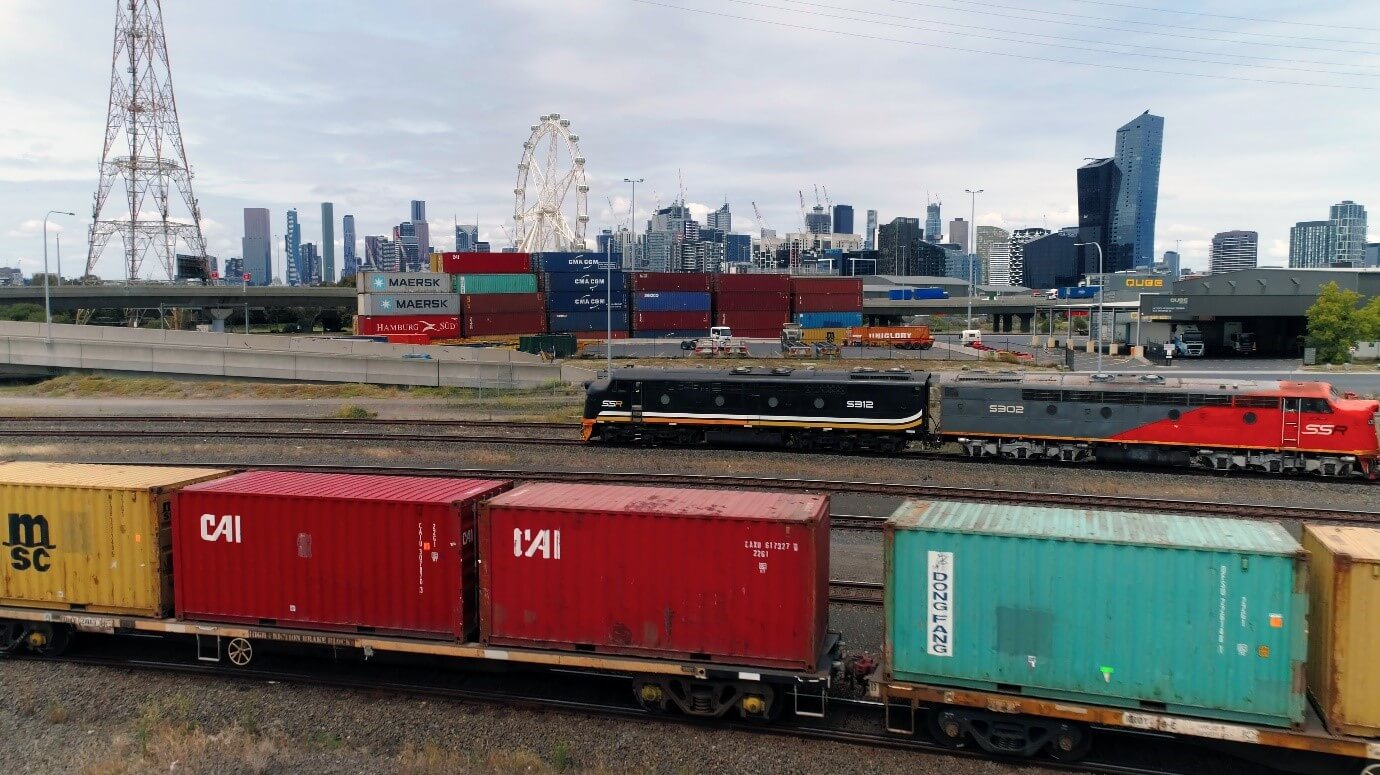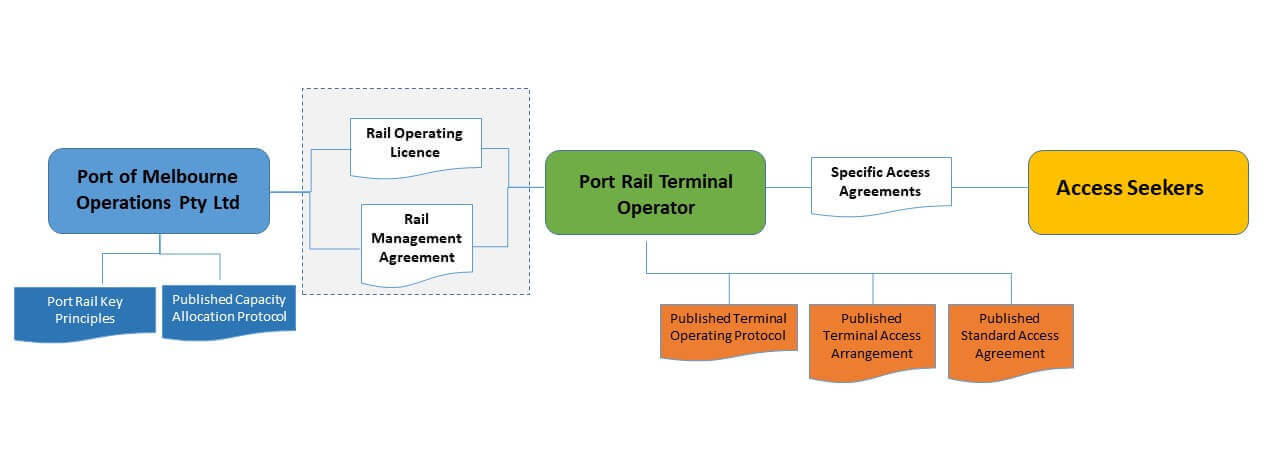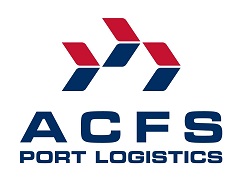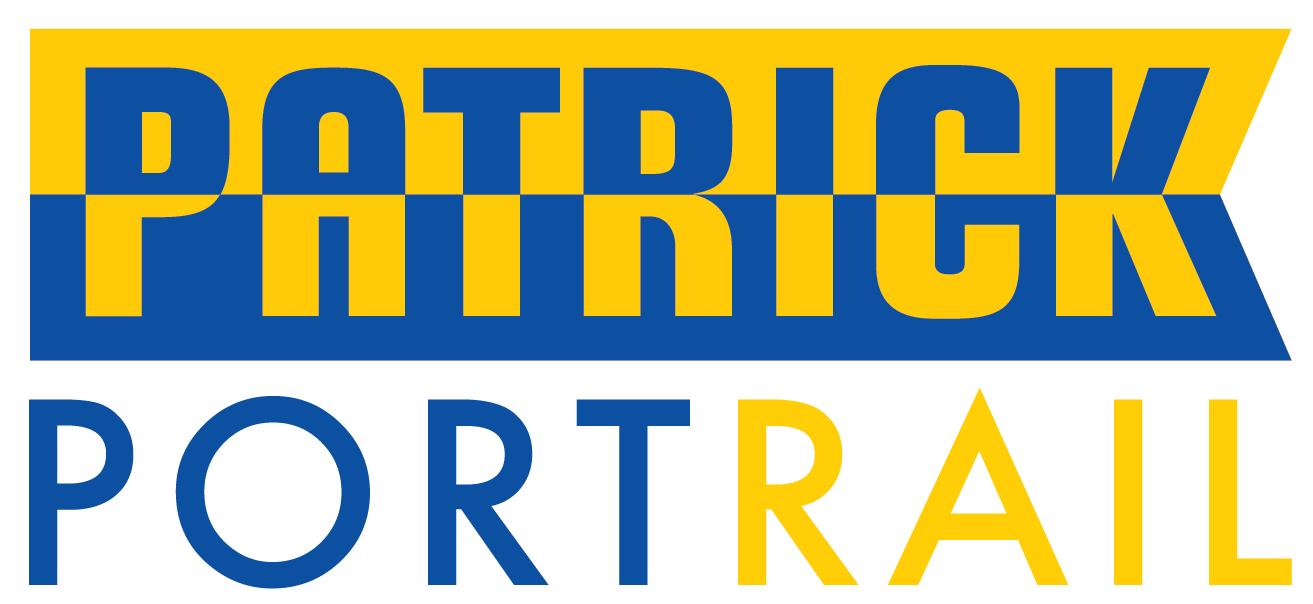Rail Operations

The Port of Melbourne has provided a rail solution that meets the needs of a growing port, with a view to reduce truck movements across Victoria, particularly in Melbourne’s inner western suburbs. Key accomplishments include:
- Integrated provision of port rail land and assets at the port – Port of Melbourne has provided rail land and rail assets on the similar basis it provides wharf and road land and assets;
- New rail terminal capacity – development of a new rail terminal interfacing with Swanson Dock East;
- New road and rail infrastructure – improved operational efficiencies of rail inside the port gate; and
- Improved rail terminal operation arrangements and transparency – new working arrangements between Port of Melbourne and Rail Terminal Operators include ACFS (Appleton Rail Terminal), Qube (Victoria Dock Rail Terminal), and Patrick (Swanson Dock East).
Rail Operating Framework
The diagram below shows the new rail operating framework.

Port Rail Operations
Port of Melbourne’s (PoM) objective is to deliver world class, safe, responsible and reliable port facilities and services, and play its part in delivering an efficient freight supply chain to support Victoria’s economy. This includes the efficient movement of goods within Melbourne and Victoria, together with a workable metropolitan freight solution.
To support this objective, PoM has developed an operating framework for rail terminals within the port (see below for participating rail operators).
Key Rail Principles and Capacity Allocation Protocol
The operating framework will be underpinned by PoM’s Port Rail Key Principles and Capacity Allocation Protocols.
From 1 June 2020 the new Port Rail Operating Framework will commence at the Victoria Dock Rail Terminal and Appleton Rail Terminal facilities.
Click here to download the Port Rail Key Principles.
Click here to download the Port Rail Capacity Allocation Protocol.
Rail Access Seeker Information
If you are a rail access seeker, contact the following Port Rail Terminal Operators:


 Patrick Terminals
Patrick Terminals